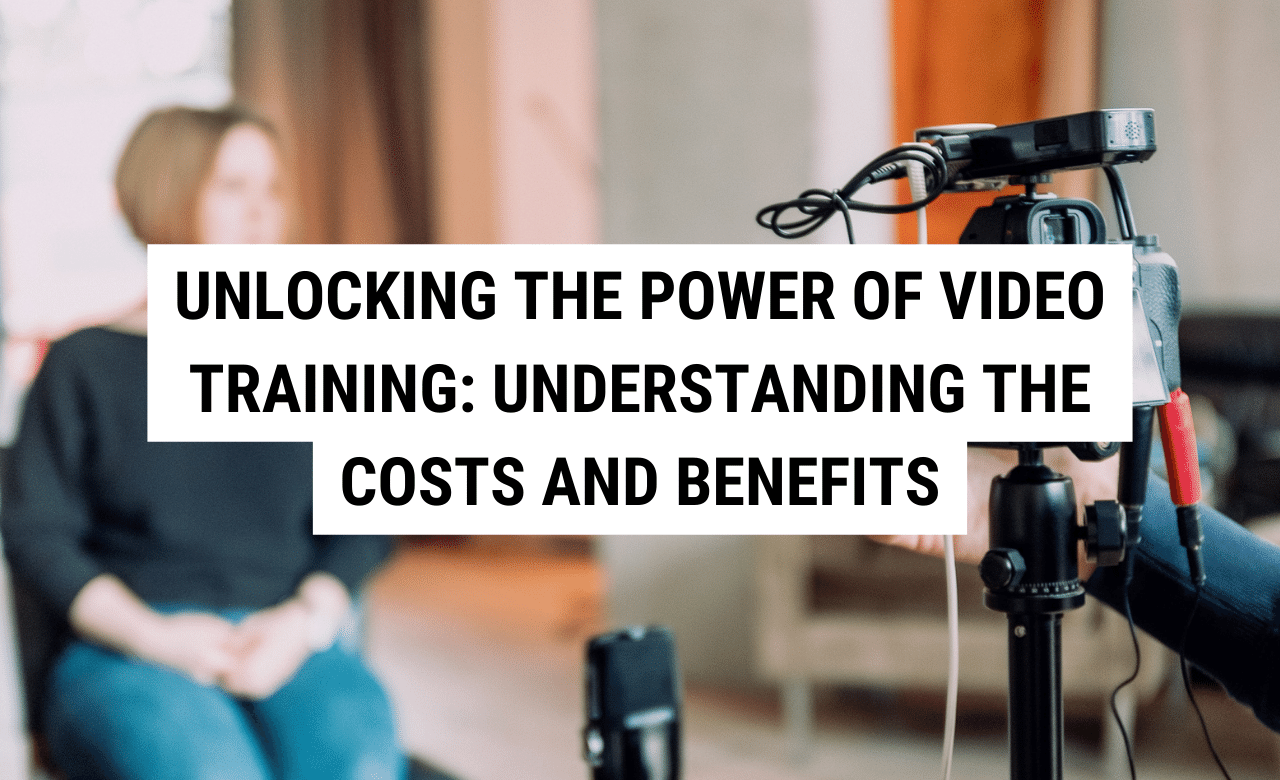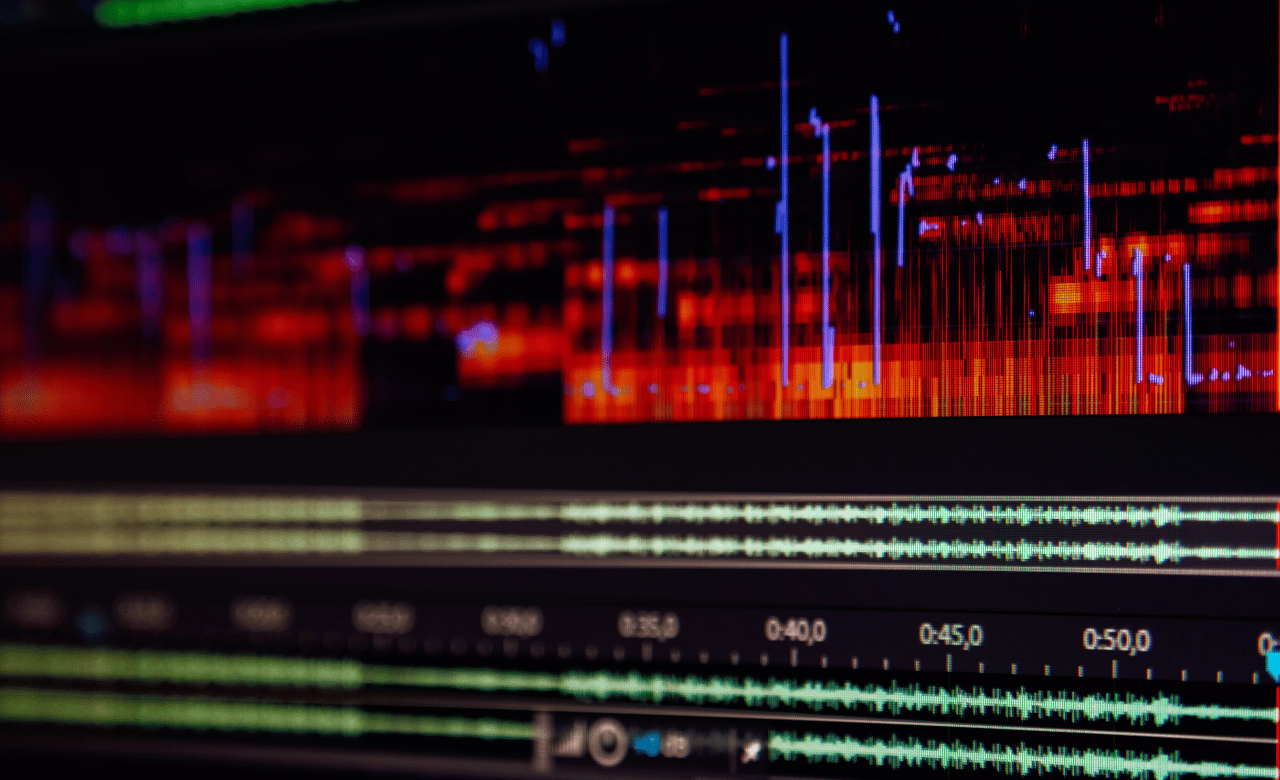Unlocking the Power of Video Training: Understanding the Costs and Benefits

In the modern era of corporate training, the shift towards video-based learning is more than just a trend—it’s a seismic move that’s redefining how we educate and upskill the workforce. But with this beneficial innovation comes a key question that often leaves HR Managers and Training Professionals at a crossroads: what are the hidden costs of producing training videos, and what investments are crucial for reaping long-term rewards?
This comprehensive guide is your compass to navigating the financial landscape of video training production. If you’ve pondered over how to budget for your next corporate video, or if the mere thought of expenses makes you baulk at the screen, this article is for you.
Budgeting for Brilliance: Pre-production Cost Analysis
Before the cameras start rolling, meticulous planning is essential. The pre-production phase includes scripting, storyboarding, location scouting, and managing logistics. Here’s how to calculate these costs without a budget blowout:
Scriptwriting
Good video training hinges on a solid script. Employing subject matter experts to craft engaging and educational content can be a significant cost, but it’s also one of the most crucial investments to ensure your message is clear and informative.
Storyboarding
A picture is worth a thousand words, and for video training, it’s worth every pound in efficient communication. Creating a visual outline of your video ensures the production team and stakeholders are aligned on the creative vision, reducing the risk of costly re-shoots or re-edits.
Logistics
Travel, securing permits, and managing schedules are the unsung heroes of training video production. Building a robust logistical support structure into your budget plan is akin to fortifying the foundations of your project.
Lights, Camera, Action: Production Equipment and Talent
Training videos need to be more than just informative; they must be visually engaging and of professional quality.
Equipment
The quality of equipment you choose will reflect directly on the output. From cameras to lighting and sound, every investment in this domain is a vote for the credibility and perceived value of your training video content.
Location and Set
Whether shooting in-house or on a grander scale, every inch of space must be accounted for in the budget, including set design and prop acquisitions or rentals. A carefully selected location can add depth and relevance to your training without adding unnecessary spending.
Talent
Skimping on talent is a misstep that oozes through the screen. Professional presenters, actors, and voice-over artists can bring your content to life, but their expertise comes at a price. Consider agency fees and individual talent rates while drafting your budget.

The Human Element: Crew Salaries and Roles
Behind every great video are the people who bring it to life. Director, camera operator, lighting technician—these are just some of the roles that demand compensation for their creative and technical expertise.
Directing
Your director is the captain of this ship, steering the narrative and ensuring that your training video stays on course.
Filming
The cinematographer’s eye is your window to the world. Their skill in composition and lighting can turn a mundane setup into a memorable shot.
Sound Engineering
Neglecting audio can sink your training video, which is why hiring a seasoned sound technician is non-negotiable.
The Magic Touch: Post-production and Technology
The end of filming is just the starting point for the invisible hours that go into video editing. It’s the phase that turns raw footage into a polished final product.
Editing
The art of trimming, cutting, and piecing together the footage is where your message takes shape. Investing in top-tier editing software or professional editors ensures that every second counts.
Graphics and Animation
Visual aids and animation can simplify complex subjects, though their production is often a labour-intensive process that requires skilled labour and, in some cases, licensing fees for assets.
Sound Design and Music
Beyond dialogue, music and sound effects add an emotional layer to your training videos. Accessing high-quality audio content may entail purchasing the rights to use them, adding to the post-production budget.

Lights, Cyber, Action: Technology and Distribution
In the digital era, investing in the right technological infrastructure to manage and distribute training videos is paramount. Storage, streaming platforms, and user access protocols must be carefully considered to ensure both reach and security.
Software and Tools
E-learning platforms, streaming services, and software for analytics and optimisation, constitute a significant part of the training video budget. Recognising software as a long-term investment can help in budget rationalisation.
Distribution
Once your video is ready, the task is to ensure that it reaches the right audience without hiccups. This calls for distribution plans that encompass platform fees, SEO strategies, and content repurposing efforts to maximise ROI.
The Long Haul: Maintenance and Update Costs
The content of training videos can quickly become outdated, necessitating regular reviews and updates. Continuous improvement is key to keeping your training content relevant, though it also implies recurring production costs.
Content Refresh
Updating videos with the latest information or responding to user feedback, keeps your training content current but adds to the expense. Budgeting for regular updates ensures your investment stays green and effective over time.
Digital Asset Management
Organising, maintaining, and protecting your video files over their life cycle requires a robust digital asset management system, often with its own budget line item.
The Invisible Safety Net: Contingency
Even the most meticulously planned budgets can be waylaid by unforeseen costs. Allocating a portion of your budget to contingencies is a prudent measure to safeguard against these unpredictable expenses.
Unforeseen Costs
In video production, be prepared for everything—from weather changes that affect outdoor shoots, to technical hiccups that require last-minute revisions or additional shooting days.
Think Long-Term
Looking at the bigger picture, your contingency budget can serve as the starting point for follow-up videos or for addressing adjustment needs in the project plan.
Calculating the ROI
The cost of making a training video is not arbitrary. Each pound spent is an investment in your company’s future, paid back in the form of a more skilled and knowledgeable workforce, decreased training time, and more engaging learning experiences.
Direct Cost vs Overall Gain
Quantifying the return on investment (ROI) for your training video isn’t just about immediate costs. Instead, it should consider the broader benefits derived from the content over time.
Measurability
Using analytics, feedback, and performance metrics, you can gauge the effectiveness of your videos, understanding how well they serve their purpose and how you can fine-tune future training content.

Taking the First Step
Looking at the costs alone can be daunting, but remember, video training is an investment in your people and your company. Super Motion, with its vast experience in creating impactful training videos, understands the road to a successful video project. Book a free 30-minute strategy call with us to discuss how we can help you unlock the potential of video training for your organisation.
By understanding each element’s financial implication and strategic value, you can not only create a video that trains, but also transforms. After all, the potential of video training to educate, engage, and elevate is a cost worth counting.
